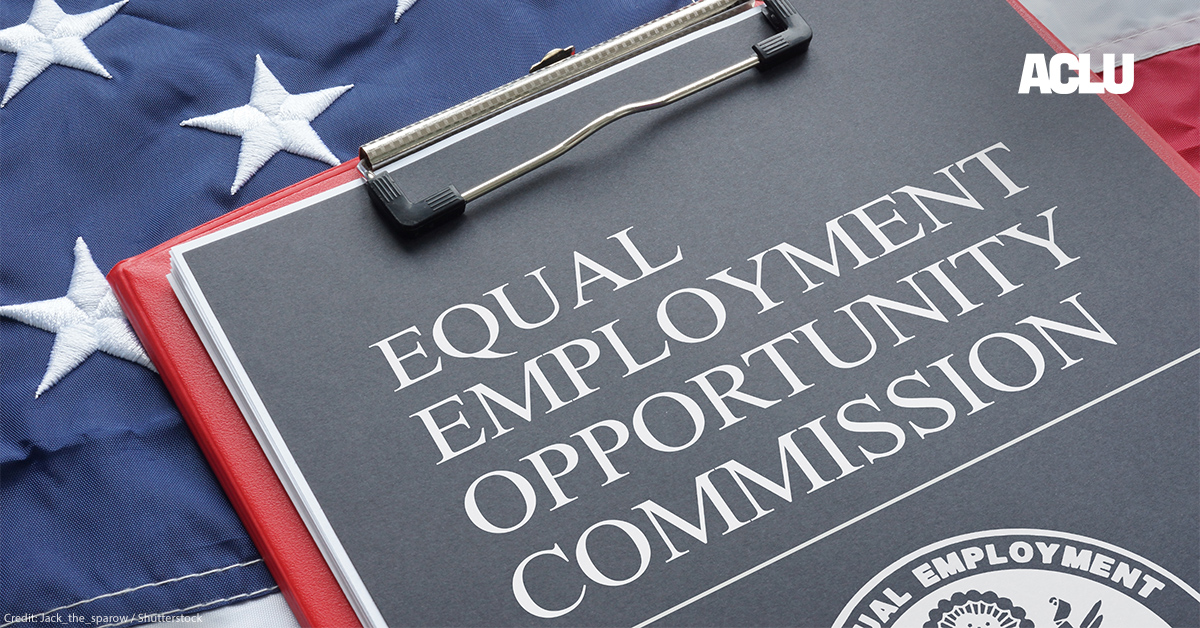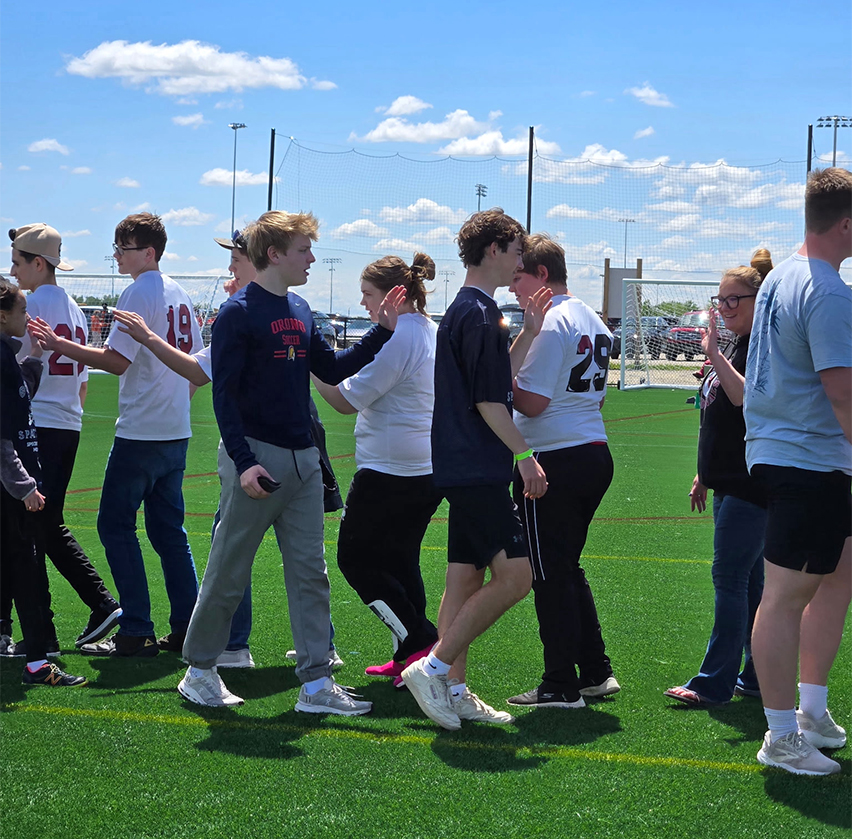Judicial Intervention Upholds Sustainable Development Goals in New Hampshire’s Education System
Introduction: Court Injunction Reinforces Commitment to Inclusive and Equitable Education
A U.S. federal court has issued a preliminary injunction against a New Hampshire state law that sought to dismantle Diversity, Equity, and Inclusion (DEI) initiatives in public education. This legal action represents a significant advancement for the principles outlined in the United Nations Sustainable Development Goals (SDGs), particularly SDG 4 (Quality Education), SDG 5 (Gender Equality), SDG 10 (Reduced Inequalities), and SDG 16 (Peace, Justice and Strong Institutions).
Legal Findings and Alignment with SDG 16: Peace, Justice and Strong Institutions
The court’s decision to block the law underscores the role of strong judicial institutions in upholding justice and ensuring accountability. The ruling found that the plaintiffs are likely to succeed in their claim that the state law is unconstitutional, thereby reinforcing SDG 16’s target of promoting the rule of law and ensuring equal access to justice for all.
- Violation of Due Process: The court identified the law’s definition of ‘DEI’ as “startling” in its breadth and unconstitutionally vague, leading to arbitrary enforcement.
- Contradiction with Federal Law: The injunction highlights a direct conflict between the state law and federal civil rights protections, particularly the Individuals with Disabilities Education Act (IDEA).
- Arbitrary Enforcement: The court noted incongruities in the law’s application, suggesting it permits enforcement based on subjective preferences rather than clear legal standards.
Implications for SDG 4 (Quality Education) and SDG 10 (Reduced Inequalities)
The blocked legislation posed a direct threat to the provision of inclusive and equitable quality education for all learners, a core tenet of SDG 4. By targeting programs related to race, gender, sexual orientation, disability, and gender identity, the law would have exacerbated systemic disparities, directly contravening the objective of SDG 10 to reduce inequality within and among countries.
- Protecting Learners with Disabilities: The court affirmed that federal law requires classifying students by disability to improve their outcomes, a practice the state law would have forbidden. This upholds SDG 4’s commitment to ensuring equal access to all levels of education for the vulnerable, including persons with disabilities.
- Fostering Inclusive Environments: The injunction allows educators to continue creating inclusive learning environments that support students from diverse backgrounds, including LGBTQ+ youth and students of color, which is essential for achieving equitable educational outcomes.
- Ensuring Comprehensive Educator Training: The ruling protects the ability of educators and institutions to engage in DEI training, which equips them with the skills to meet the needs of all students and prepare them to thrive in a diverse global society.
Stakeholder Analysis and Support for SDG 5 (Gender Equality)
A broad coalition of stakeholders, including educator unions, school districts, and civil rights organizations, challenged the law. Their collective action and the subsequent court ruling support the advancement of SDG 5 by protecting educational programs that address gender, gender identity, and sexual orientation, thereby promoting equality and non-discrimination.
- National Education Association – New Hampshire (NEA-NH): Argued that the law sought to censor educators and restrict their ability to meet the needs of all students, including those requiring special education services.
- ACLU of New Hampshire: Stated the victory ensures all students have the right to an inclusive education and that educators can meet student needs without the threat of vague, restrictive laws.
- GLBTQ Legal Advocates & Defenders (GLAD Law): Emphasized that the ruling protects initiatives ensuring equal educational access for all, including female and LGBTQ students, which is critical for reducing inequality (SDG 10) and promoting gender equality (SDG 5).
- Affected School Districts (Oyster River, Dover, Somersworth, Grantham): Expressed relief, citing the law’s chilling effect on educational programming and its potential to jeopardize funding necessary for providing equitable education as mandated by federal and state policies.
Analysis of SDGs, Targets, and Indicators
SDGs Addressed in the Article
The article highlights issues that are directly connected to several Sustainable Development Goals, primarily focusing on education, equality, and justice.
-
SDG 4: Quality Education
The core of the article revolves around the provision of education in New Hampshire’s K-12 public schools and universities. The legal battle is centered on a state law that attacks “diversity, equity, and inclusion” (DEI) programs, which are fundamental to ensuring an inclusive and equitable educational environment. The article repeatedly emphasizes the right of students to an “inclusive education” and the need for educators to create “safe, inclusive, and supportive environment[s]” for all students, which is the essence of SDG 4.
-
SDG 10: Reduced Inequalities
The law in question is described as an “anti-equity, anti-inclusion, and anti-diversity law.” The entire legal challenge is an effort to combat a policy that institutionalizes inequality by banning programs designed to support students based on “race, gender, sexual orientation, gender identity, and disability.” The goal of the plaintiffs and the effect of the court’s injunction is to reduce inequalities and ensure equal opportunity within the education system, directly aligning with the aims of SDG 10.
-
SDG 5: Gender Equality
The New Hampshire law explicitly targets programs pertaining to “gender, sexual orientation, [and] gender identity.” The article notes that the law wrongfully prohibits “efforts to provide equal educational opportunity for female students, LGBTQ students.” The work of organizations like New Hampshire Outright, which provides training to create inclusive environments for LGBTQ+ students, is directly threatened by the law. The fight to block this law is a direct action towards achieving gender equality and ending discrimination based on gender and sexual orientation.
-
SDG 16: Peace, Justice and Strong Institutions
The article details a legal process where the judicial system (a key institution) is used to challenge and block a state law. The court’s ruling that the law is “unlawfully vague,” “unconstitutional,” and “permits or encourages arbitrary enforcement” demonstrates the judiciary’s role in upholding the rule of law. This case is a clear example of using legal institutions to ensure access to justice and to fight against discriminatory laws, which is a central component of SDG 16.
Specific SDG Targets Identified
Based on the article’s content, several specific SDG targets can be identified:
SDG 4: Quality Education
- Target 4.5: “By 2030, eliminate gender disparities in education and ensure equal access to all levels of education and vocational training for the vulnerable, including persons with disabilities, indigenous peoples and children in vulnerable situations.” The article’s focus on protecting educational programs for students based on “race, gender, sexual orientation, gender identity, and disability” directly relates to ensuring equal access for vulnerable groups.
- Target 4.7: “By 2030, ensure that all learners acquire the knowledge and skills needed to promote sustainable development, including, among others, through education for… human rights, gender equality, promotion of a culture of peace and non-violence… and appreciation of cultural diversity.” The DEI programs that the law seeks to ban are precisely the types of educational initiatives that teach students about human rights, equality, and diversity.
- Target 4.a: “Build and upgrade education facilities that are child, disability and gender sensitive and provide safe, non-violent, inclusive and effective learning environments for all.” The article quotes stakeholders who emphasize creating “safe, inclusive, and supportive environment[s]” and “safe school and community environments,” which aligns with this target.
SDG 10: Reduced Inequalities
- Target 10.2: “By 2030, empower and promote the social, economic and political inclusion of all, irrespective of age, sex, disability, race, ethnicity, origin, religion or economic or other status.” The DEI programs are designed to promote the inclusion of all students. The court’s decision to block the anti-DEI law supports this target by allowing these inclusive practices to continue.
- Target 10.3: “Ensure equal opportunity and reduce inequalities of outcome, including by eliminating discriminatory laws, policies and practices.” The legal challenge itself is a direct action to eliminate a discriminatory state law. The court’s preliminary injunction is a successful step towards achieving this target.
SDG 5: Gender Equality
- Target 5.1: “End all forms of discrimination against all women and girls everywhere.” By extension, this includes discrimination based on gender identity and sexual orientation. The article highlights the law’s negative impact on “female students, LGBTQ students,” and the legal fight against it is a fight against this form of discrimination.
SDG 16: Peace, Justice and Strong Institutions
- Target 16.3: “Promote the rule of law at the national and international levels and ensure equal access to justice for all.” The article describes how a coalition of groups accessed the justice system to challenge a law they believe is unconstitutional. The court’s decision to grant an injunction upholds the rule of law over arbitrary state legislation.
- Target 16.b: “Promote and enforce non-discriminatory laws and policies for sustainable development.” The entire case is an effort to block a discriminatory law and, by extension, enforce the principles of non-discrimination embedded in federal laws like the Individuals with Disabilities Education Act (IDEA).
Implied Indicators for Measuring Progress
While the article does not mention official SDG indicators, it implies several ways to measure progress towards the identified targets:
- Existence and implementation of DEI policies in educational institutions: The central conflict is about the legality of DEI programs. An indicator of progress would be the number of school districts that have and actively implement policies and training on diversity, equity, and inclusion.
- Legal and policy alignment: The article highlights the conflict between the state law and federal disability laws (IDEA). An indicator would be the degree to which state laws are aligned with national and federal non-discriminatory legal frameworks.
- Number of discriminatory laws challenged and overturned: The court case itself is a data point. Progress can be measured by the number of legal challenges filed against discriminatory policies and the success rate of these challenges (e.g., the granting of this preliminary injunction).
- Provision of inclusive training programs: The article mentions New Hampshire Outright providing training to create inclusive environments for LGBTQ+ students. An indicator would be the number of schools and educators receiving such training to foster safe and supportive learning environments.
Summary Table of Findings
| SDGs | Targets | Indicators (Implied from Article) |
|---|---|---|
| SDG 4: Quality Education |
|
|
| SDG 5: Gender Equality |
|
|
| SDG 10: Reduced Inequalities |
|
|
| SDG 16: Peace, Justice and Strong Institutions |
|
|
Source: aclu.org







